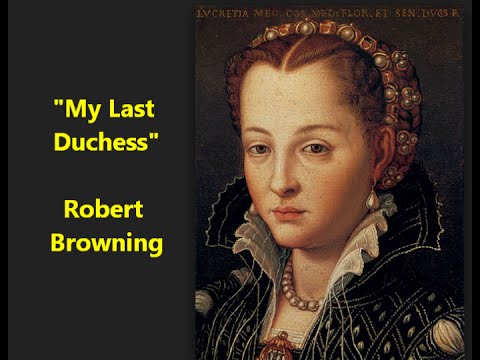

See Amy Lowell’s “In a Garden” (“With its leaping, and deep, cool murmur”) or “The Taxi” (“And shout into the ridges of the wind”). The repetition of vowel sounds without repeating consonants sometimes called vowel rhyme. ApostropheĪn address to a dead or absent person, or personification as if he or she were present. Martin Luther King Jr.’s famous “I Have a Dream” speech offers a great example of anaphora. The repetition of a word or words at the beginning of successive phrases, clauses, or lines to create a sonic effect. Dr. The words “underfoot” and “overcome” are anapestic.

AnapestĪ metrical foot consisting of two unaccented syllables followed by an accented syllable. Shakespeare’s placing of a clock in Julius Caesar is an anachronism, because clocks had not yet been invented in the period when the play is set. Someone or something placed in an inappropriate period of time. AllusionĪ brief, intentional reference to a historical, mythic, or literary person, place, event, or movement.
#Does every sing.e linein my last duches shave 10 syllables series#
The repetition of initial stressed, consonant sounds in a series of words within a phrase or verse line.

AllegoryĪn extended metaphor in which the characters, places, and objects in a narrative carry figurative meaning. The last line of each stanza in Percy Bysshe Shelley’s “To a Skylark” is an alexandrine. In English, a 12-syllable iambic line adapted from French heroic verse. The majority of English poems from the Renaissance to the 19th century are written according to this metrical system. From line to line, the number of stresses (accents) may vary, but the total number of syllables within each line is fixed.

Putting these two terms together, iambic pentameter is a line of writing that consists of ten syllables in a specific pattern of an unstressed syllable followed by a stressed syllable, or a short syllable followed by a long syllable.Verse whose meter is determined by the number and alternation of its stressed and unstressed syllables, organized into feet. A line of poetry written in iambic pentameter has five feet = five sets of stressed syllables and unstressed syllables. ‘Penta’ means five, so pentameter simply means five meters. (Interestingly, the iamb sounds a little like a heartbeat). English is the perfect language for iambus because of the way the stressed and unstressed syllables work. For example, deLIGHT, the SUN, forLORN, one DAY, reLEASE. Or another way to think of it it a short syllable followed by a long syllable. In a line of poetry, an ‘iamb’ is a foot or beat consisting of an unstressed syllable followed by a stressed syllable. If you’ve studied any of Shakespeare’s sonnets you may have heard of ‘iambic pentameter’… but what exactly is iambic pentameter? Iambic Pentameter Definition Iambic Each Shakespeare’s play name links to a range of resources about each play: Character summaries, plot outlines, example essays and famous quotes, soliloquies and monologues: All’s Well That Ends Well Antony and Cleopatra As You Like It The Comedy of Errors Coriolanus Cymbeline Hamlet Henry IV Part 1 Henry IV Part 2 Henry VIII Henry VI Part 1 Henry VI Part 2 Henry VI Part 3 Henry V Julius Caesar King John King Lear Loves Labour’s Lost Macbeth Measure for Measure The Merchant of Venice The Merry Wives of Windsor A Midsummer Night’s Dream Much Ado About Nothing Othello Pericles Richard II Richard III Romeo & Juliet The Taming of the Shrew The Tempest Timon of Athens Titus Andronicus Troilus & Cressida Twelfth Night The Two Gentlemen of Verona The Winter’s Tale This list of Shakespeare plays brings together all 38 plays in alphabetical order. Plays It is believed that Shakespeare wrote 38 plays in total between 15.


 0 kommentar(er)
0 kommentar(er)
